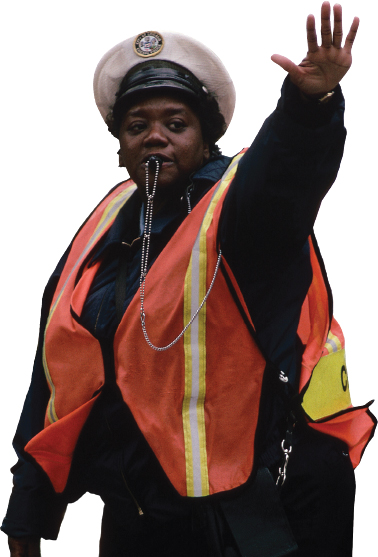Reinforcing Verbal Messages

Nonverbal behavior clarifies meaning by reinforcing verbal messages in three ways: repeating, complementing, and accenting. Repeating mirrors the verbal message through a clear nonverbal cue that represents the exact same idea. For example, you hold up three fingers while saying “three” or shake your head at a toddler while saying “no.” You can also reinforce verbal messages with complementing, nonverbal behavior that is consistent with the verbal message and often enhances it. For example, when you pat a friend on the back while saying, “You did a great job,” you reinforce the message that your friend has done well.
Nonverbal behaviors are also used for accenting, or clarifying and emphasizing specific information in a verbal message. For example, suppose you want your friend to meet you at a local pub at 6 P.M. You can make eye contact as you talk (indicating that you are monitoring your friend’s attention level) and touch the friend lightly on the forearm as you mention the pub on State Street (“Do you know the one I mean?”).